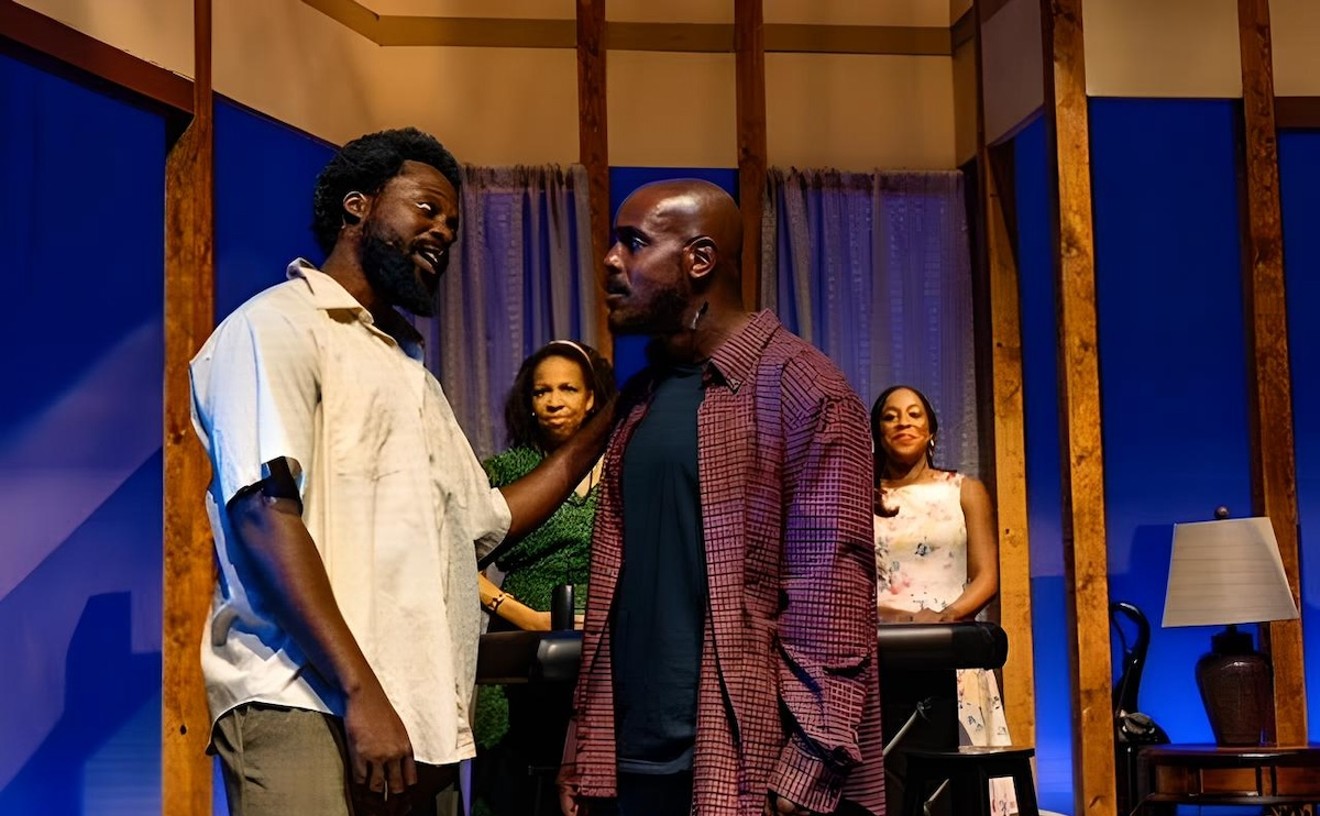Home to Garcia's eight-member dance troupe and a haven for those drawn to Afro-Caribbean culture, Iroko offers classes in subjects such as Afro-Cuban and Haitian dance and percussion almost every day of the week. This Saturday morning Garcia, along with Richard Hernandez (a veteran dancer who used to perform at Cuba's Tropicana nightclub), will lead a Rumba Workshop to the sounds of live drums and singing.
For the uninitiated, the rumba is an Afro-Cuban rhythm born on Cuba's northern coast, where Congo, Yoruba, and Calabar slaves were brought from Africa. "It's a very authentic form," Garcia explains. "It was created with the African influence of the beat and the drums and the Spanish-language influence on the lyrics." Played in 4/4 time, rumba songs prominently feature claves (wooden sticks tapped together), tumbadoras (conga drums), and call and response vocals.
The movement that goes along with the music is the rumba dance, consisting of three distinct styles: the energy-charged guaguanco; the slower, more sensual yambu; and the ultraphysical, almost gymnastic columbia. The dance was originally linked with religious ritual, but in its modern secular form it resembles fast-paced flirting. Couples perform both the sultry guaguanco and the yambu; although the woman follows the man's lead, they rarely touch. Only men dance the columbia.
According to Garcia, the rumba, along with the conga, could be considered the Cuban national dance. "It's popular and is done in very local places like tenements and the port of Havana," she declares. "It can be danced by anybody. It doesn't have a religious connotation. It's purely a dance between men and women."
Although learning the rumba may seem difficult initially, anyone who practices can become proficient. Mastering the footwork (a basic box step) is fairly easy. The tricky part: coordinating the serpentine moves of shoulders popping back and forth with the hips swaying elliptically. "The difficult thing is the flowing, the flavor," explains Garcia. "But the dance is happy, the energy is contagious."
And addictive for some. "At the moment you're dancing the rumba, you thoroughly appreciate your body's movement," Hernandez adds. "It's as if everything that's inside of you is coming out. You don't shout, but you express yourself with movement. And you enjoy it -- intensely."
-- Nina Korman
The Rumba Workshop takes place at 11:00 a.m. Saturday, August 1, at Iroko Dance and Performance Center, 1860-A West Ave, Miami Beach. Admission is $12. Call 305-604-9141.










